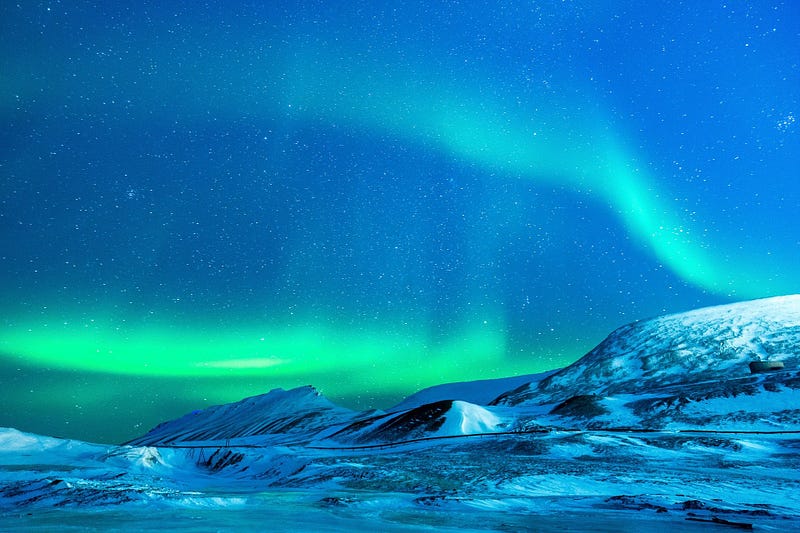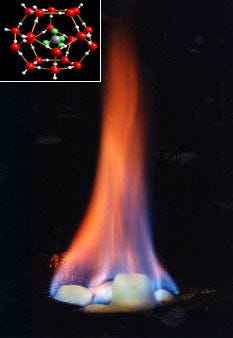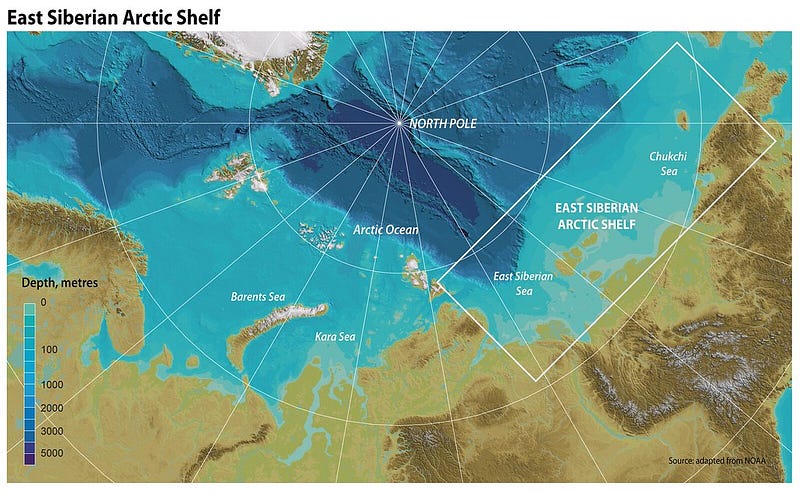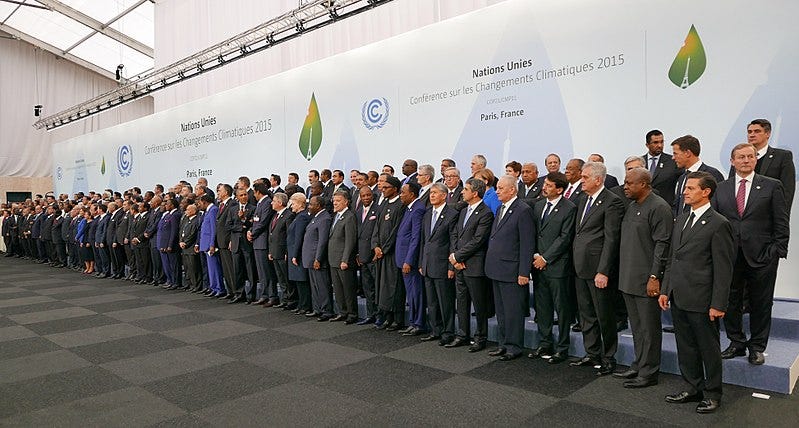The Arctic's Hidden Danger: Methane and Global Warming
Written on
Chapter 1: The Monster Beneath the Ice
Beneath the icy expanse of the Arctic lies a hidden threat, one that remains dormant until disturbed. For those who are uneasy about the future, it might be wise to tread carefully with this topic. The menace lurking beneath the Arctic is a genuine peril that could unleash devastation, claiming countless lives and instilling fear in those who survive. So, prepare yourself for a chilling exploration as we delve into this icy abyss in search of a terrifying giant.
Our hidden adversary is primarily composed of a substance that may seem innocuous at first: methane. Yes, the very same compound responsible for some less-than-pleasant odors. However, the real danger here is not just a bad smell but a form of methane known as methane hydrate, or "fire ice," along with large pockets of methane gas trapped beneath the Arctic permafrost.

Chapter 1.1: Understanding Fire Ice
Fire ice is as fascinating as it is frightening. Essentially, it consists of water ice with methane molecules intricately woven into its structure. Surprisingly, this substance can be ignited!
In addition to fire ice, vast pockets of methane gas can accumulate beneath frozen landscapes or lakes, occasionally igniting spontaneously. Both methane hydrate and these gas pockets originate from two main sources: the decay of organic matter and emissions from volcanic activity. The planet is home to substantial reserves of this volatile gas.
One particularly notable reserve is the East Siberian Arctic Shelf (ESAS), which holds approximately 1,400 billion tonnes of frozen methane. To put this into perspective, in 2014, human activities released 9.8 billion tonnes of CO₂, while the methane trapped in the ESAS is equivalent to nearly 143 times that amount. Methane is a significantly more potent greenhouse gas, with some estimates suggesting it is 86 times more harmful than CO₂ over a specific timeframe.

Chapter 1.2: The Impending Threat
Currently, this massive reservoir of methane remains frozen under layers of permafrost and ocean. However, signs indicate that this slumbering giant is beginning to stir. While scientists once believed these deposits could withstand moderate temperature increases, recent observations suggest otherwise. A mere rise of 1.5°C in global temperatures could trigger a thaw, releasing methane into the atmosphere.
As we continue to emit greenhouse gases, we are unwittingly nudging this beast awake. The danger lies in the feedback loop created by methane: as it thaws, it raises temperatures, leading to more methane release, and the cycle continues. Alarmingly, even adhering to the goals of the Paris Agreement, which aims to limit warming to 2°C, may not be sufficient to prevent this dangerous cycle.
The first video titled "We Found a Dangerous Monster Trapped Under The Ice!" provides an eye-opening look at the potential dangers of these methane deposits and their implications for our planet.
Chapter 2: Historical Parallels
In the past, significant warming events, such as the Paleocene-Eocene Thermal Maximum (PETM) around 55 million years ago, were linked to methane releases. During this period, global temperatures rose by 5°C to 8°C over approximately 100,000 years, primarily due to methane emissions.
The challenge we face now is that our current methane reserves are even more extensive, and human activity is exacerbating global warming. Unlike the gradual warming of the past, it is conceivable that we could see a temperature rise of 5°C in just a century or less.
Now, brace yourself, as this transformation would render our planet nearly unrecognizable. Some scientists have ominously referred to such warming as "the sixth circle of hell."
The second video, "Found DANGEROUS Monster Trapped Under the ICE! Is it Alive?" delves deeper into the potential consequences of methane release and what it means for humanity.
Chapter 2.1: The Consequences of Warming
Should temperatures rise as projected, polar ice sheets would vanish, disrupting global ocean currents. This would lead to the extinction of many marine species, including whales and seals, and result in a barren ocean ecosystem. Humanity, reliant on these resources for sustenance, would face hunger and food scarcity.
The melting ice caps would also cause sea levels to rise, inundating coastal cities like London, New York, and Miami, displacing millions and forcing them into increasingly smaller land areas.

Chapter 2.2: The Global Impact
As desert regions become unbearably hot, rainforests will be consumed by wildfires, further exacerbating climate change. Fertile regions that currently provide food may turn into arid wastelands, leading to widespread starvation.
The shifting climate will push tropical ecosystems toward the poles, but many species may not be able to adapt quickly enough, resulting in decreased biodiversity.
Extreme weather events will become the norm: unprecedented hurricanes, prolonged droughts, and catastrophic flooding will challenge the survival of many species.

Conclusion: Facing the Inevitable
The Earth is indeed under threat from this sleeping giant, and we risk awakening it. To avert catastrophe, we must not only reduce our emissions but also find ways to keep these methane deposits dormant. The consequences of inaction will be felt in our lifetimes and in the lives of future generations.
As unsettling as it is, the reality is that we are on a path toward significant climate disruption, with dire outcomes looming ahead. So, as we contemplate the future, remember the importance of taking action against this hidden threat.